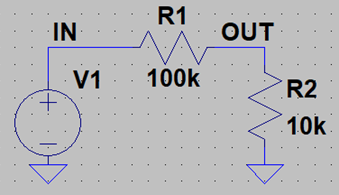In my opinion a important aspect of audio reproduction is being missed, by not properly recognizing attenuation as being different to (pre) amplification. The preamplifier introduced as early as 1955 served a purpose , when there were no line level standards. Today's line level sources as a result of now established standards, are more than adequate to connect via a attenuator to a power amplifier, invariably improving sound quality as a result of neither adding or taking away from the source components capability.
https://en.wikipedia.org/wiki/Line_level
The attenuator differs from pre- amplifiers by making as little change as possible to the audio quality of line level source components - to do so, resistance is the electrical property which preserves audio when done in a manner which allows the source component not to have any adverse loading, whilst concurrently acting to attenuate as required, for pleasant audio use. .
The phono preamplifier of course remains needed to amplify RIAA phono cartridge outputs
Looking forward to your comment.
https://en.wikipedia.org/wiki/Line_level
The attenuator differs from pre- amplifiers by making as little change as possible to the audio quality of line level source components - to do so, resistance is the electrical property which preserves audio when done in a manner which allows the source component not to have any adverse loading, whilst concurrently acting to attenuate as required, for pleasant audio use. .
The phono preamplifier of course remains needed to amplify RIAA phono cartridge outputs
Looking forward to your comment.




















